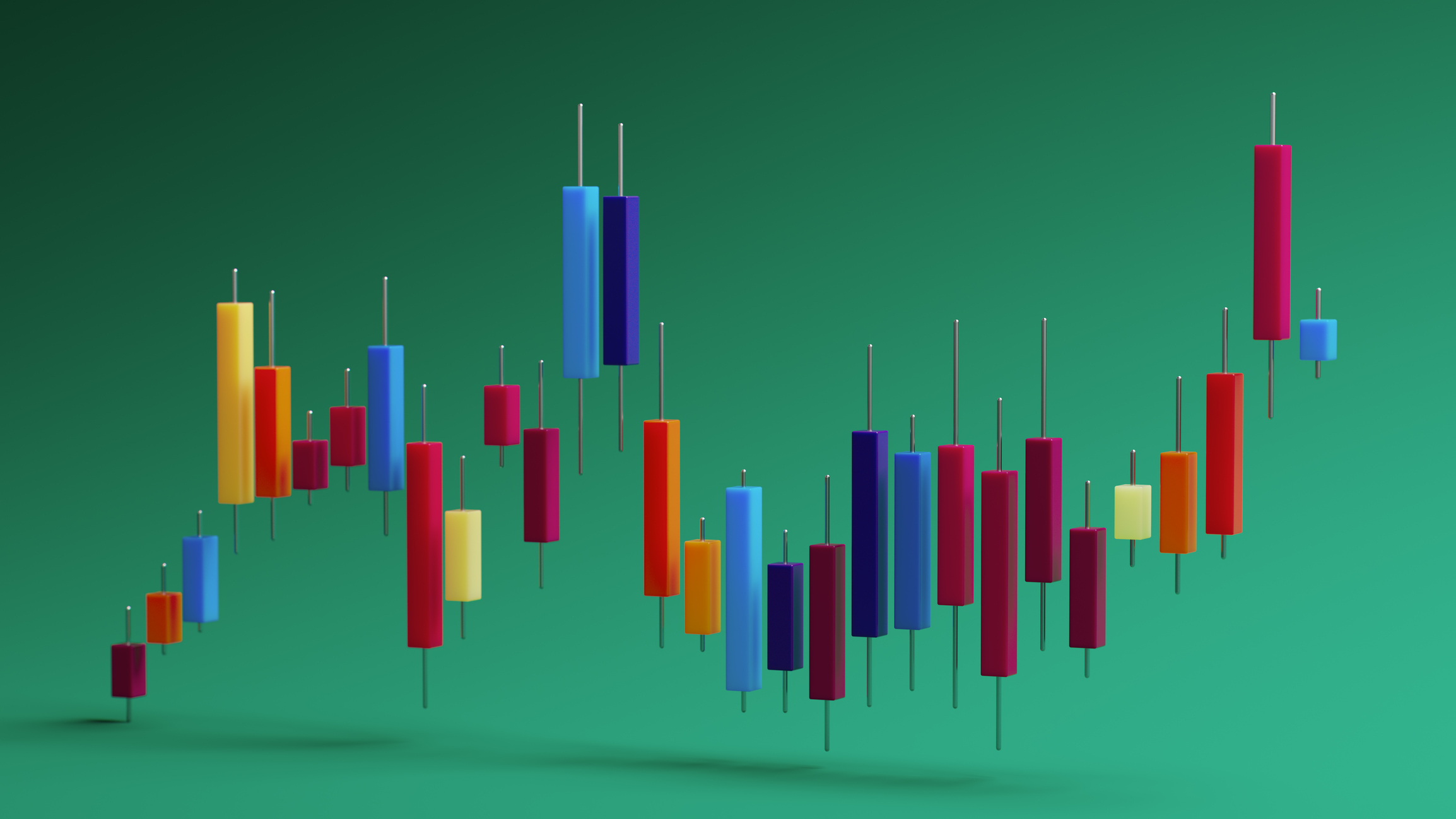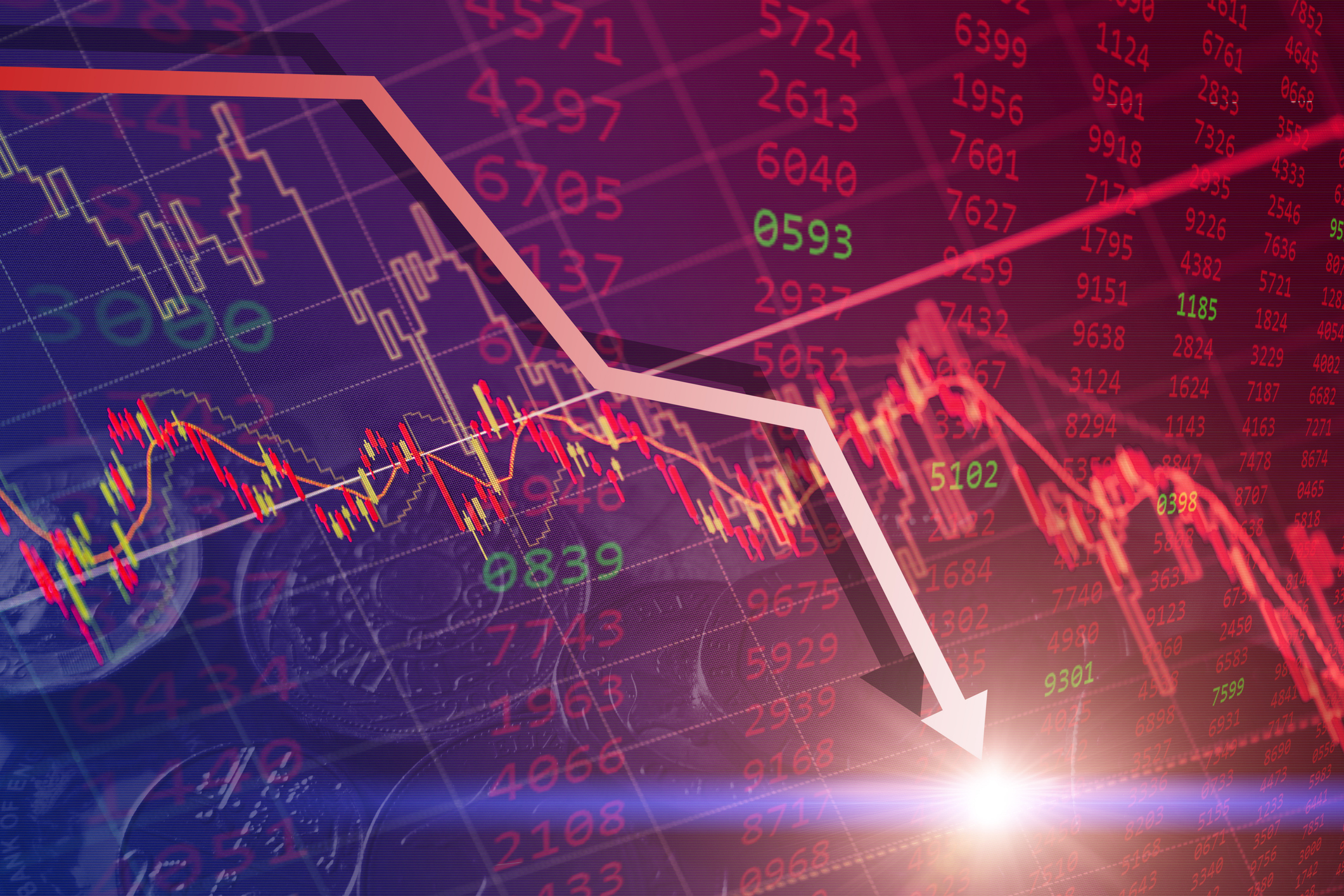What's Special About Special Dividends?
Cash-rich companies are likely to make big one-time payouts this year. But the rewards for investors might not be so special.

In December 2004, Microsoft distributed a one-time special dividend of $3 per share, or $32 billion. For a fabulously wealthy company that had only just initiated a small quarterly dividend (4 cents per share at the time), the move seemed to position Microsoft as a decent investment for income-oriented investors. But that never really happened. Microsoft now pays a quarterly dividend of 13 cents (about one-fourth of its profits), giving the stock (symbol MSFT), at its June 16 close of $26.32, a yield of 1.9%. That’s a decent yield for a technology stock, but Microsoft’s payout ratio (dividends as a percentage of earnings) is still just half that of the typical dividend-paying blue-chip company.
So when a company issues a special dividend, don’t read it as a commitment to turn its stock into a high yielder. That’s strike one against special dividends. Strike two: The $3 gambit failed to reward Microsoft’s long-term shareholders. From the day before the distribution through June 16, Microsoft’s shares have returned an annualized 1.3%, compared with 1.1% for Standard & Poor’s 500-stock index. And that brings us to strike three: Fair or not, by making the distribution, Microsoft was essentially telling the world it had no better use for the money that could produce higher returns for shareholders.
The one positive about the special disbursement was its timing. Microsoft acted shortly after Congress cut the top federal tax rate on dividends to 15%. As a result, stockholders got to keep $2.55 out of every $3 distributed, a generous amount by historical standards.
From just $107.88 $24.99 for Kiplinger Personal Finance
Become a smarter, better informed investor. Subscribe from just $107.88 $24.99, plus get up to 4 Special Issues

Sign up for Kiplinger’s Free Newsletters
Profit and prosper with the best of expert advice on investing, taxes, retirement, personal finance and more - straight to your e-mail.
Profit and prosper with the best of expert advice - straight to your e-mail.
I relate this tale because companies are likely to issue more special dividends than usual over the rest of 2010. You’ll want to know what to make of such an event. Cash is particularly welcome today because the economy is close to experiencing deflation. But a special dividend is not a bonanza. After all, the share price of the company that makes the special dividend is reduced by the amount of the distribution (the logic is that the company’s value is reduced by the amount of cash off-loaded to shareholders). A special payout is most useful if the firm has a record of squandering cash on failed acquisitions or outrageous executive perks and bonuses. In that case, you may be better off with the cash in your hands. (That may also raise the question of why you chose this stock in the first place, but that’s a whole ’nother story.)
Why expect more specials? Companies are piling up record amounts of cash. As of March 31, according to the Federal Reserve, nonfinancial U.S. companies are sitting on $1.84 trillion in cash and other liquid assets, up 26% from the same period a year earlier. At the same time, businesses are being unusually cautious in spending money on capital investments. And they’re not especially eager to hire aggressively or to rebuild inventories.
Perhaps the most-compelling argument for one-time disbursements is that the 15% maximum federal tax rate on dividends expires at the end of 2010. Kiplinger’s expects Congress to raise the maximum rate on qualified dividends to 20% (if Congress does nothing, the tax rate on dividends would be the same as on ordinary income, which we expect will be 39.6% next year). Provided that you own a stock in a taxable account, a dividend received in 2010 will almost certainly net you more after-tax income than a dividend received in 2011 or later.
Companies know this and have a chance to do their shareholders a favor. Standard & Poor’s analyst Howard Silverblatt tracked special dividends back to Reagan-era tax cuts and found that extra payouts come in clusters, just after tax rates are lowered or before higher rates take effect.
Some businesses can’t make fat special payouts for political reasons. Imagine the uproar if Goldman Sachs (GS), which has $70 billion in cash, were to pay an extraordinary one-time dividend. Ditto for any major oil company or health insurer.
Recently, though, a few companies in less-controversial industries have paid large special dividends. These include Limited Brands (LTD), the clothing-store chain; Franklin Resources (BEN), which manages the FranklinTempleton mutual funds; and Garmin (GRMN), the GPS maker. In each case, the special disbursements dwarfed the regular quarterly dividends. Franklin, for example, paid a special $3 dividend last December as it raised its quarterly dividend from 21 cents to 22 cents per share. Buckle (BKE), another apparel retailer, makes a special dividend an annual event. It’s paid three specials since 2007, totaling $5.13 a share, compared with its regular quarterly payout of 20 cents.
The market reacted predictably to the actions by Franklin, Garmin and Limited. Each stock sold off a little soon after the payment (shares of Buckle, a smaller but faster-growing company, are so volatile that it’s hard to connect their price changes to the payouts). All four stocks took their lumps during the recent correction.
So why care? Maybe you don’t, especially if you hold shares in a tax-deferred account or if dividends aren’t your priority. But if you are interested in gathering cash in chunks, there are a couple of legitimate reasons to consider trying to capture someone’s special dividend in the months ahead. The first is obvious: If you expect a big jump in tax rates starting next year, this is a chance to collect a dividend at a rock-bottom rate. And if your grand scheme is to accumulate cash to buy bonds or pay off debt because you’re wary of a stagnating economy and possible deflation, you can buy a stock you hope will make an extraordinary payout, sell it during the next rally, and go away. Your aim is to break even on the shares and keep 85% of the cash. If you’re curious about candidates, companies that pay special dividends typically have some common characteristics in addition to holding a lot of cash:
• Low debt. Zero long-term debt, although not a firm requirement, gives a company more flexibility.
• Strong free cash flow. A business is more likely to dip into its reserves periodically if it generates a fresh supply of cash regularly.
• A low payout ratio. A company doesn’t have to pay an extraordinary dividend if it already pays out a hefty portion of its profits to shareholders regularly.
• Concentrated insider ownership. Officers and directors own 35% of Franklin’s shares and 45% of Buckle’s (the percentage is less at Garmin and Limited). A special dividend is a way to put tens of millions of dollars into the pockets of the chief executive at a preferential tax rate without appearing to pad his or her compensation, or to get money into the hands of the retired chairman or members of the founder’s family.
• No drama. A company that faces political, regulatory, environmental or labor issues is unlikely to pass out a lump sum to stockholders, given that the bosses would be major beneficiaries.
Some possibilities. Apple (AAPL) and Google (GOOG) are always candidates to make big cash disbursements. Both have more money than God and have never paid regular dividends. Then again, they’ve gone years without paying a dividend, special or regular. There are good reasons to own both stocks, but expecting them to hand out some of their cash is probably not one of them.
A number of brokerage firms have produced lists of companies they believe are likely to pay special dividends this year. One, by Bank of America/Merrill Lynch, is filled with big tech firms. Among them: Microsoft, which again holds $40 billion in its treasury; Cisco Systems (CSCO); and Dell (DELL). Each has some debt, but the companies hold gobs of extra cash and produce vast amounts of free cash flow. EBay (EBAY) is another idea, along with two health-care stalwarts—Amgen (AMGN) and Forest Labs (FRX).
I turned up some other names by running a screen on Value Line. Specifically, I looked for midsize and large companies that were debt-free, produced ample free cash flow, had a low current-dividend payout ratio and considerable insider ownership. In addition to capturing Buckle, Franklin Resources and Garmin, the filter identified these stocks:
• EarthLink (ELNK), an Internet service provider.
• FactSet Research Systems (FDS), a supplier of financial-markets data.
• Fastenal (FAST), a distributor of industrial and construction supplies. It paid a special dividend in 2008.
• Gap (GAP), the clothing chain.
• Priceline (PCLN), the “name-your-own-price” travel Web site.
• Urban Outfitters (URBN), another clothing retailer.
Profit and prosper with the best of Kiplinger's advice on investing, taxes, retirement, personal finance and much more. Delivered daily. Enter your email in the box and click Sign Me Up.

Kosnett is the editor of Kiplinger Investing for Income and writes the "Cash in Hand" column for Kiplinger Personal Finance. He is an income-investing expert who covers bonds, real estate investment trusts, oil and gas income deals, dividend stocks and anything else that pays interest and dividends. He joined Kiplinger in 1981 after six years in newspapers, including the Baltimore Sun. He is a 1976 journalism graduate from the Medill School at Northwestern University and completed an executive program at the Carnegie-Mellon University business school in 1978.
-
 Dow Hits New High Then Falls 466 Points: Stock Market Today
Dow Hits New High Then Falls 466 Points: Stock Market TodayThe Nasdaq Composite, with a little help from tech's friends, rises to within 300 points of its own new all-time high.
-
 The Best Vanguard Bond Funds to Buy
The Best Vanguard Bond Funds to BuyInvestors seeking the best Vanguard bond funds can pick between mutual funds and ETFs spanning maturities, credit qualities, tax treatment and geographies.
-
 Are You Afraid of an IRS Audit? 8 Ways to Beat Tax Audit Anxiety
Are You Afraid of an IRS Audit? 8 Ways to Beat Tax Audit AnxietyTax Season Tax audit anxiety is like a wild beast. Here’s how you can help tame it.
-
 Stocks Struggle for Gains to Start 2026: Stock Market Today
Stocks Struggle for Gains to Start 2026: Stock Market TodayIt's not quite the end of the world as we know it, but Warren Buffett is no longer the CEO of Berkshire Hathaway.
-
 If You'd Put $1,000 Into Lowe's Stock 20 Years Ago, Here's What You'd Have Today
If You'd Put $1,000 Into Lowe's Stock 20 Years Ago, Here's What You'd Have TodayLowe's stock has delivered disappointing returns recently, but it's been a great holding for truly patient investors.
-
 Stocks Extend Losing Streak After Fed Minutes: Stock Market Today
Stocks Extend Losing Streak After Fed Minutes: Stock Market TodayThe Santa Claus Rally is officially at risk after the S&P 500's third straight loss.
-
 If You'd Put $1,000 Into 3M Stock 20 Years Ago, Here's What You'd Have Today
If You'd Put $1,000 Into 3M Stock 20 Years Ago, Here's What You'd Have TodayMMM stock has been a pit of despair for truly long-term shareholders.
-
 Santa Claus Rally at Risk as Tech Stocks Slump: Stock Market Today
Santa Claus Rally at Risk as Tech Stocks Slump: Stock Market TodayThe Nasdaq Composite and Dow Jones Industrial Average led today's declines as investors took profits on high-flying tech stocks.
-
 Cooler Inflation Supports a Relief Rally: Stock Market Today
Cooler Inflation Supports a Relief Rally: Stock Market TodayInvestors, traders and speculators welcome much-better-than-hoped-for core CPI data on top of optimism-renewing AI earnings.
-
 Nasdaq Sinks 418 Points as Tech Chills: Stock Market Today
Nasdaq Sinks 418 Points as Tech Chills: Stock Market TodayInvestors, traders and speculators are growing cooler to the AI revolution as winter approaches.
-
 AI Stocks Lead Nasdaq's 398-Point Nosedive: Stock Market Today
AI Stocks Lead Nasdaq's 398-Point Nosedive: Stock Market TodayThe major stock market indexes do not yet reflect the bullish tendencies of sector rotation and broadening participation.